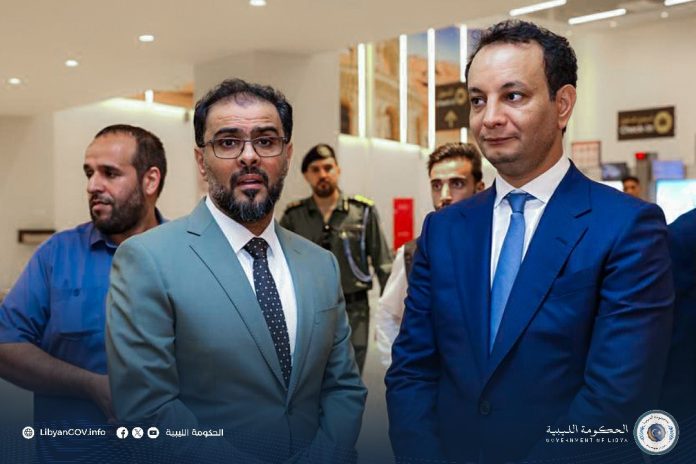The project, backed by the government and the military, strengthens air connectivity and marks a significant step in modernizing Libyan infrastructure, with implications for investment and regional diplomacy.
Soldecanarias.net / International
The Gulf of Sart International Airport reopened on October 25, following an ambitious maintenance and modernization project seen as a milestone in Libya’s reconstruction. The ceremony was attended by Prime Minister Dr. Osama Hamad, along with the Director General of the Development and Reconstruction Fund, Eng. Belqasem Haftar, and the Executive Director of the National Development Agency, Dr. Mahmoud Al-Farjani, as well as members of the House of Representatives, local authorities, and military and security officials.
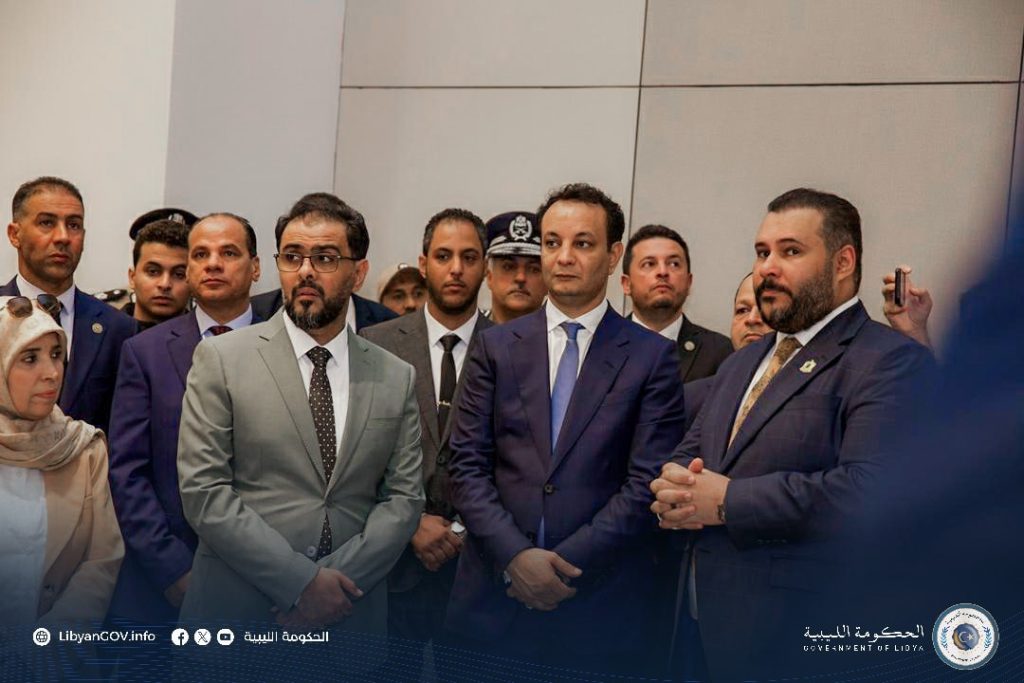
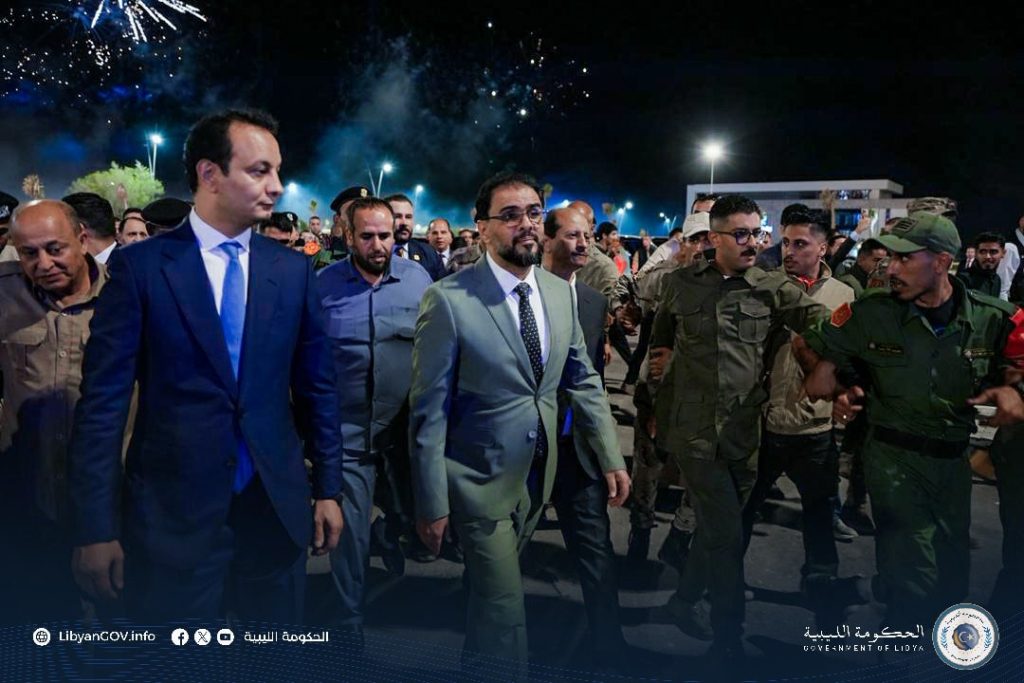

The airport, located in the strategically important Gulf of Sart region, is considered a priority project to strengthen the country’s air connectivity and consolidate civil infrastructure after years of conflict and economic decline. Equipped with state-of-the-art technology and meeting international civil aviation standards, it is expected to facilitate not only passenger transport but also cargo flows and foreign investment—a key component for Libya’s economic recovery.

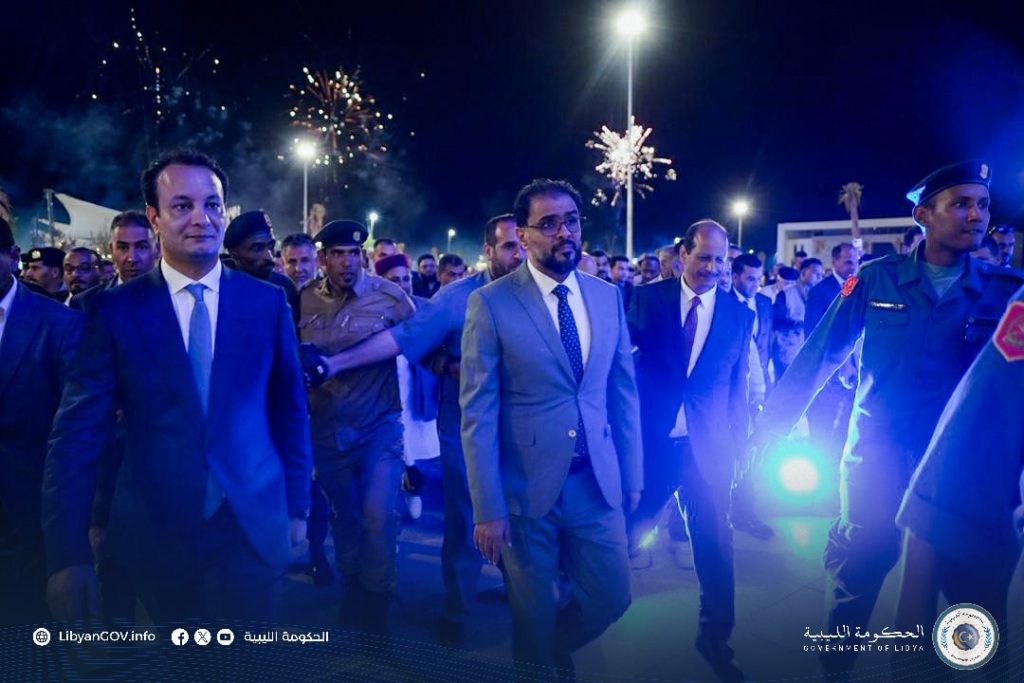

According to government sources, the initiative was driven by the National Development Agency with the sponsorship of the General Command of the Libyan Arab Armed Forces, highlighting the collaboration between civilian and military sectors on strategic national projects. The ceremony concluded with a site tour by the prime minister and his delegation, during which they reviewed the modern technical equipment and upgraded facilities, designed to meet international safety and operational standards.
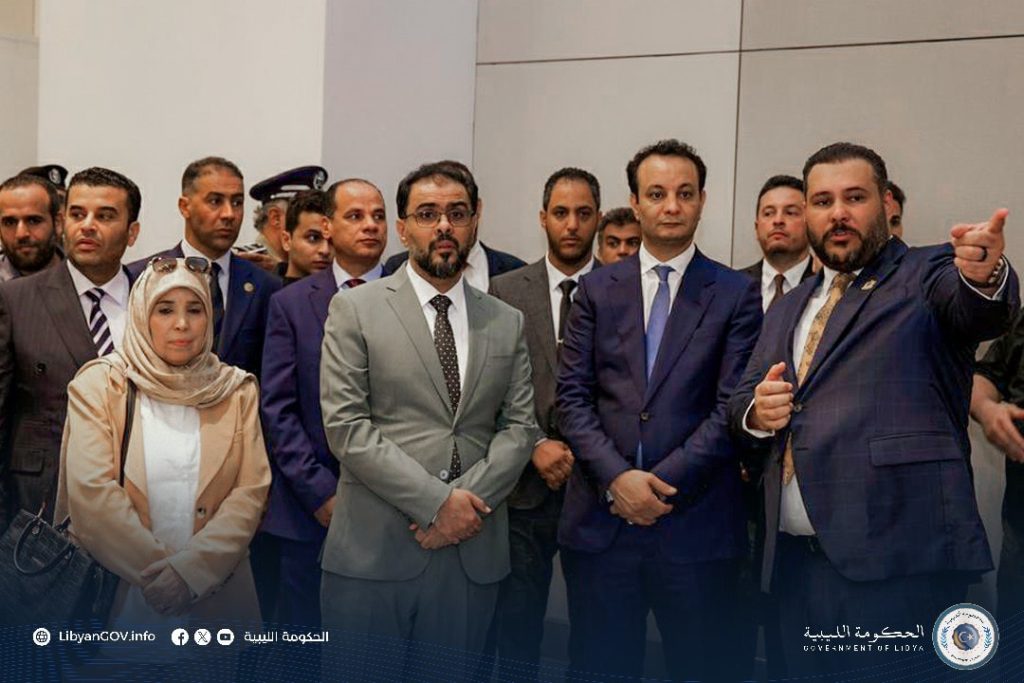
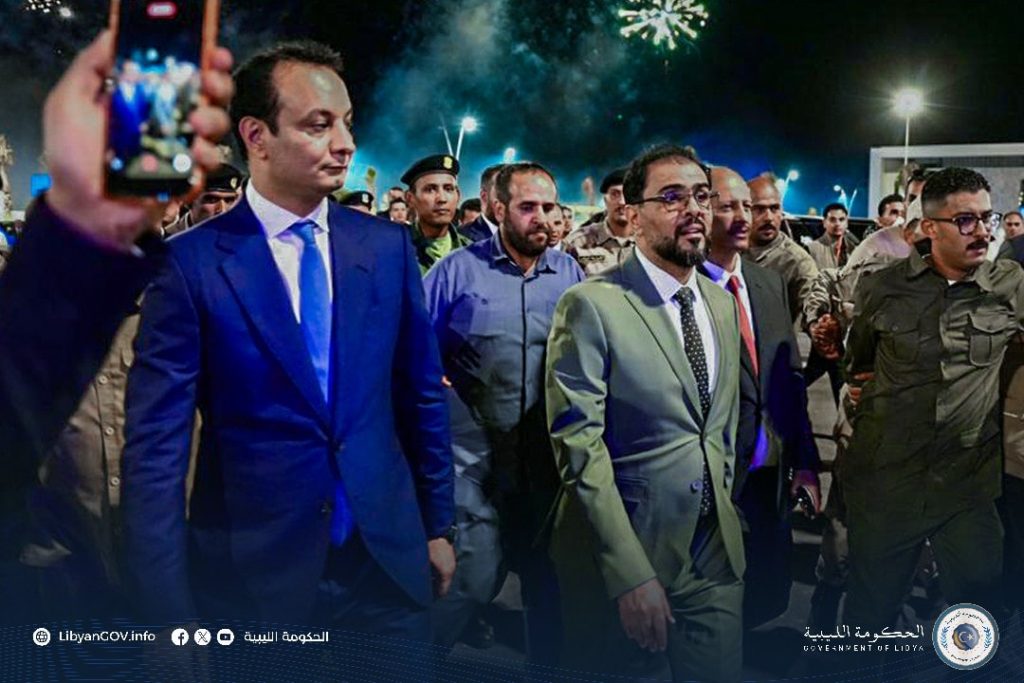
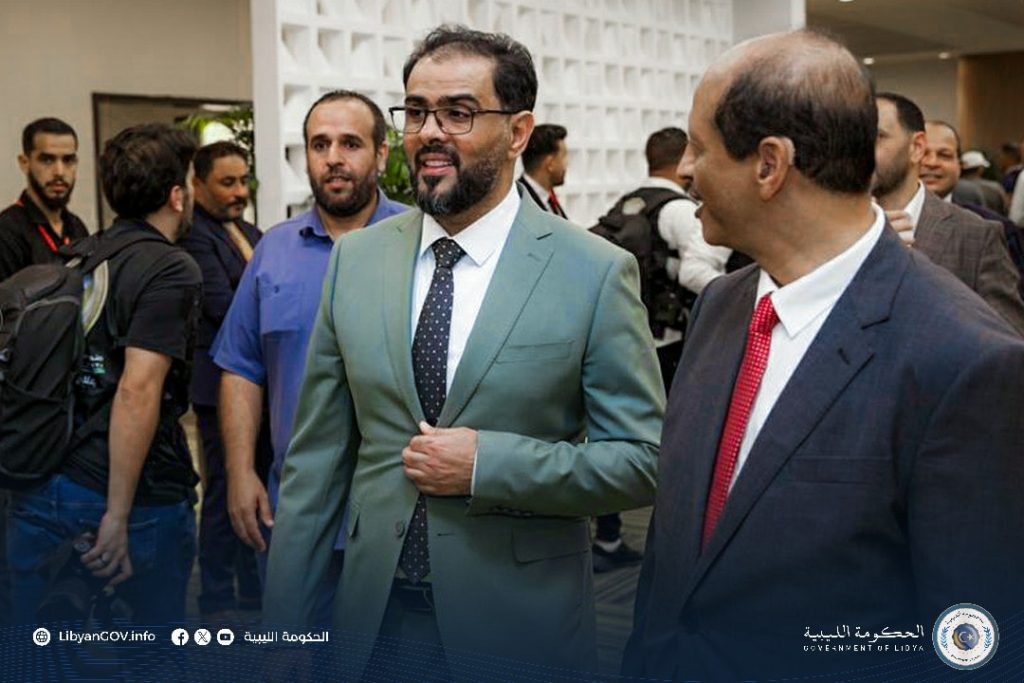
For the international community, the airport’s reopening represents a symbol of growing stability and openness to investment and trade. Analysts note that by strengthening logistics and improving air connectivity, Libya aims to attract foreign capital and enhance its role in the Mediterranean and North African economic landscape.
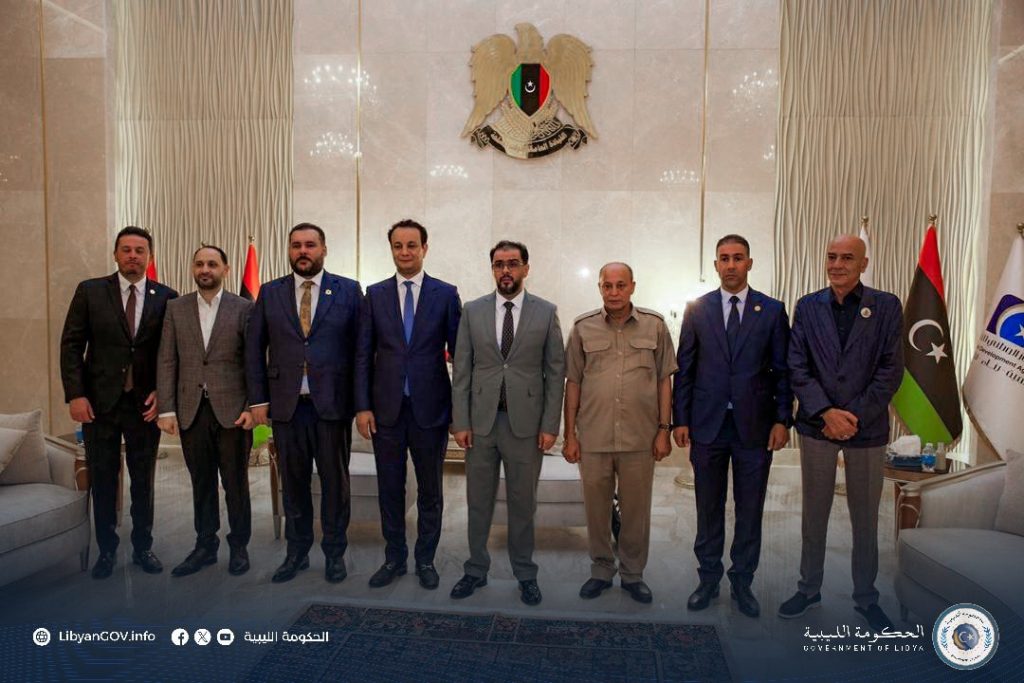
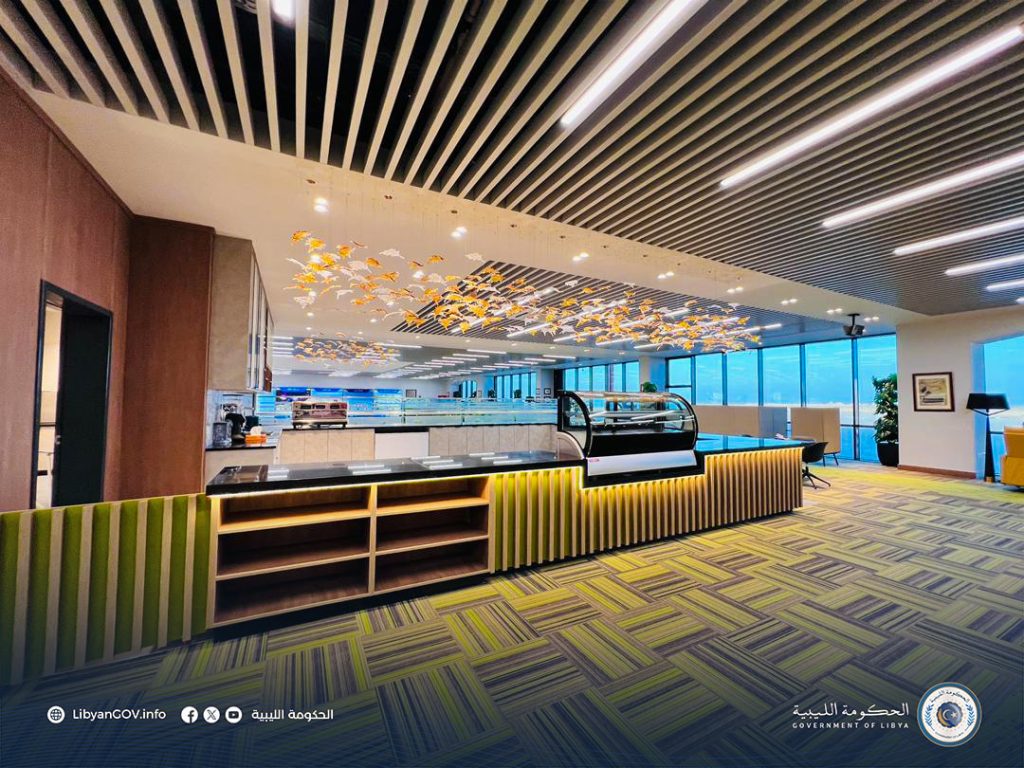
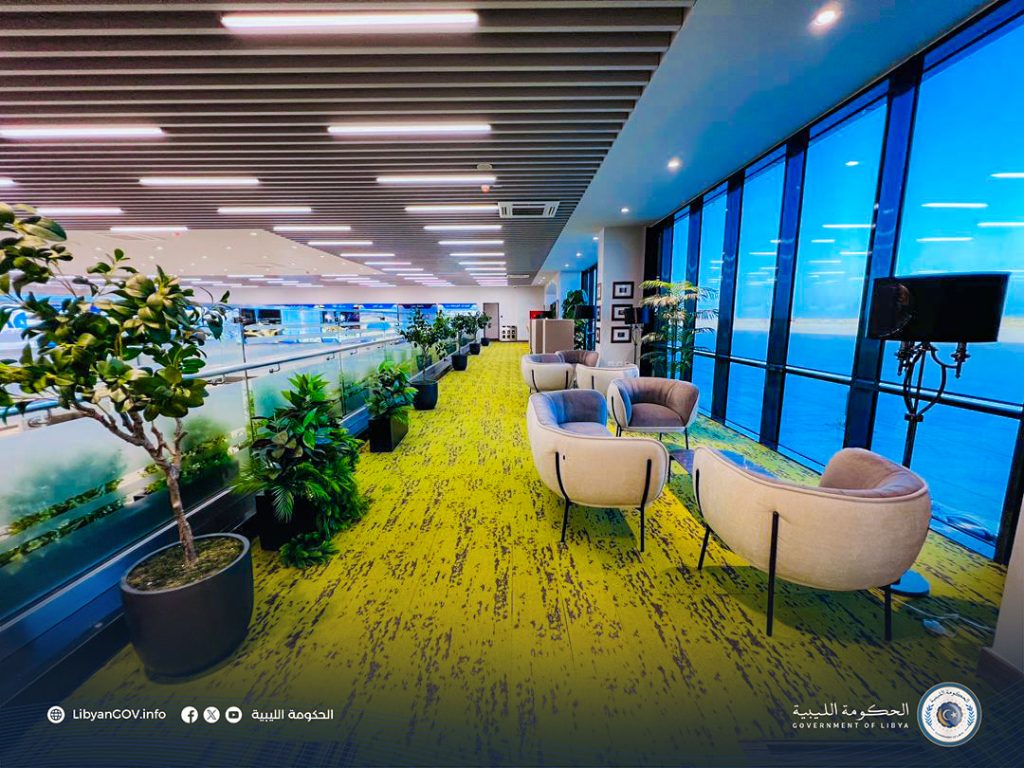
This project not only reflects progress in urban reconstruction and development but also serves as a diplomatic signal: Libya presents itself as a country committed to modernization and regional integration, projecting stability and openness after years of political uncertainty and internal conflict.


